Low Back and Neck pain
Low back and neck pain can present in many ways including:
- Muscle ache
- Shooting or stabbing pain when you move.
- Pain going down one or both of your legs or arms.
- Limited or reduced range of motion in your low back or neck.
Most low back and neck pain will settle on its own within a couple of days. However, if your pain lasts a bit longer, that does not mean it is a serious issue. Our Chartered physiotherapists will do a thorough assessment looking at your movement, along with assessing the joints, muscles, and nerves. Treatment options may include education, self-care management, exercise therapy, manual therapy, joint or nerve mobilisations and possibly lifestyle adjustments. We will prescribe a targeted exercise therapy program to gradually increase your range of motion and mobility and restore your strength and function.
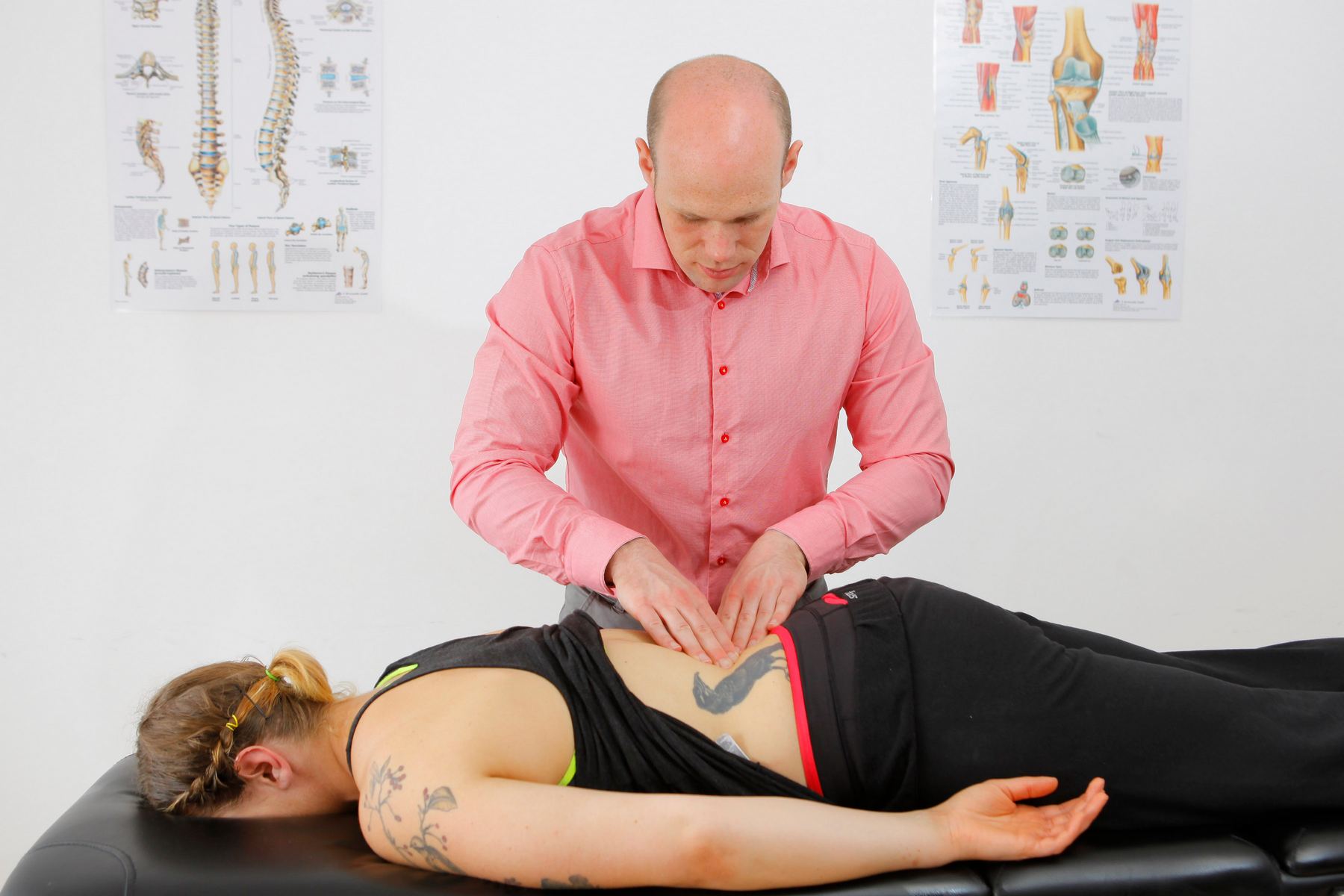
Pre- and post-Surgical Rehabilitation
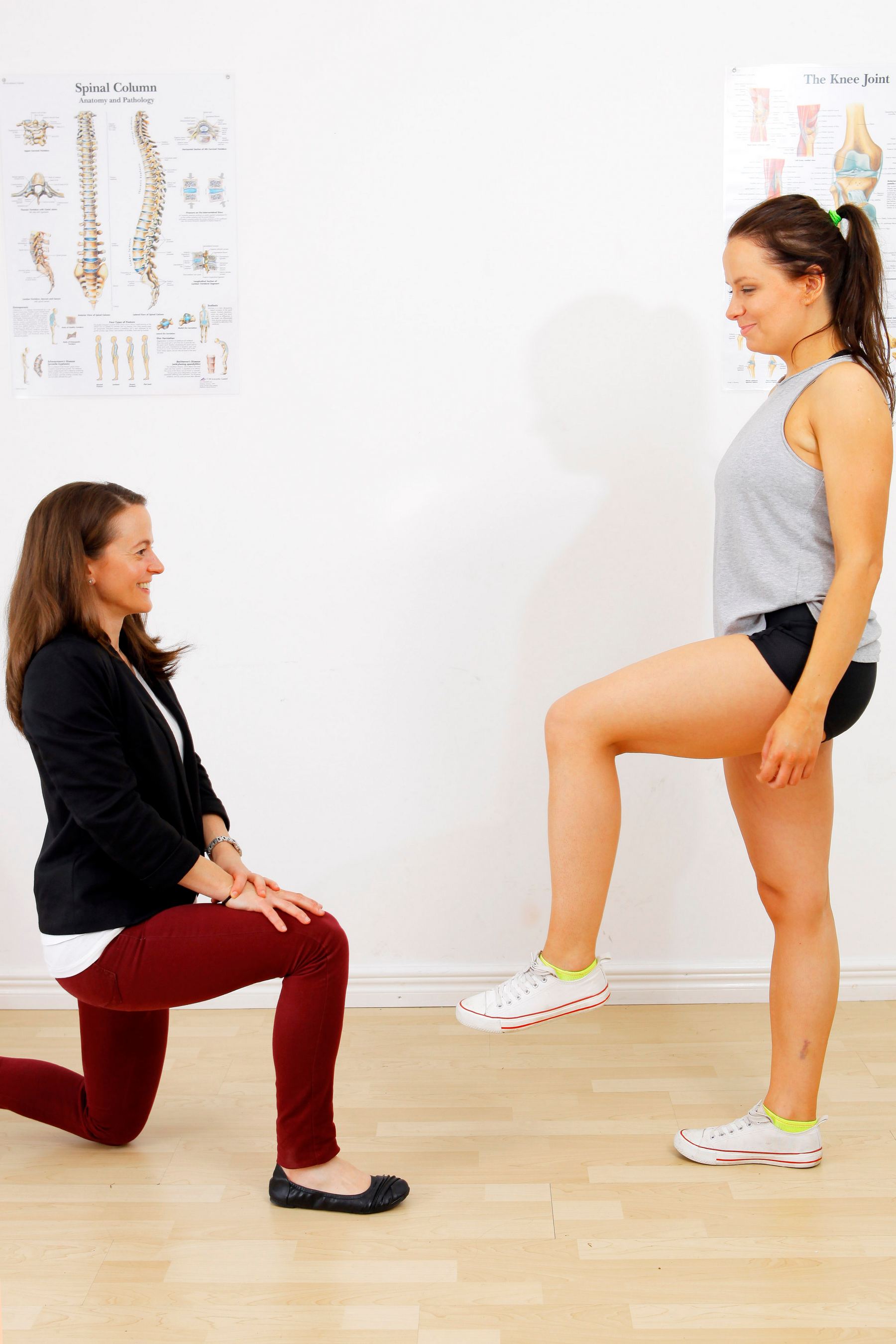
We provide rehabilitation prior to and following orthopaedic surgery. We have strong links with the orthopaedic surgeons in the Galway area and we liaise with them regarding the protocols for your surgery. The following is a list of the most common orthopaedic surgeries that we see:
- Anterior cruciate ligament (ACL) reconstruction
- Arthroscopic knee surgery
- Rotator cuff repair
- Discectomy, laminectomy, and spinal fusion
- Total knee replacement
- Total hip replacement
- Ankle repair
Both pre- and post-surgical rehabilitation are essential elements for a successful surgical outcome. All surgeries can be considered a form of trauma and can affect the body differently. Even minor and uncomplicated surgical procedures can have a major impact on your function and health. Because of this, post-surgical rehab with a Chartered Physiotherapist is especially important, to make sure you have the best post-surgical outcome possible.
Our Chartered Physio’s will provide you with an individualized post-surgical rehabilitation program to help minimize your pain, accelerate your rate of healing, and increase your function and strength. Post-surgical rehabilitation can also reduce the chances of postoperative complications, including bleeding, blood clots, muscle weakness, scar tissue, decreased function, and other factors that can negatively impact your long-term health.
Joint Pain
There are many causes of joint pains including:
- Osteoarthritis
- Other types of arthritis such as rheumatoid, ankylosing spondylitis.
- Tendon pain and weakness
- Cartilage injuries
- Joint stiffness
- Frozen shoulder
- Pregnancy-related joint pain
Sometimes the joint itself can be the source of your pain, but other times it may be the soft tissues that surround the joint.
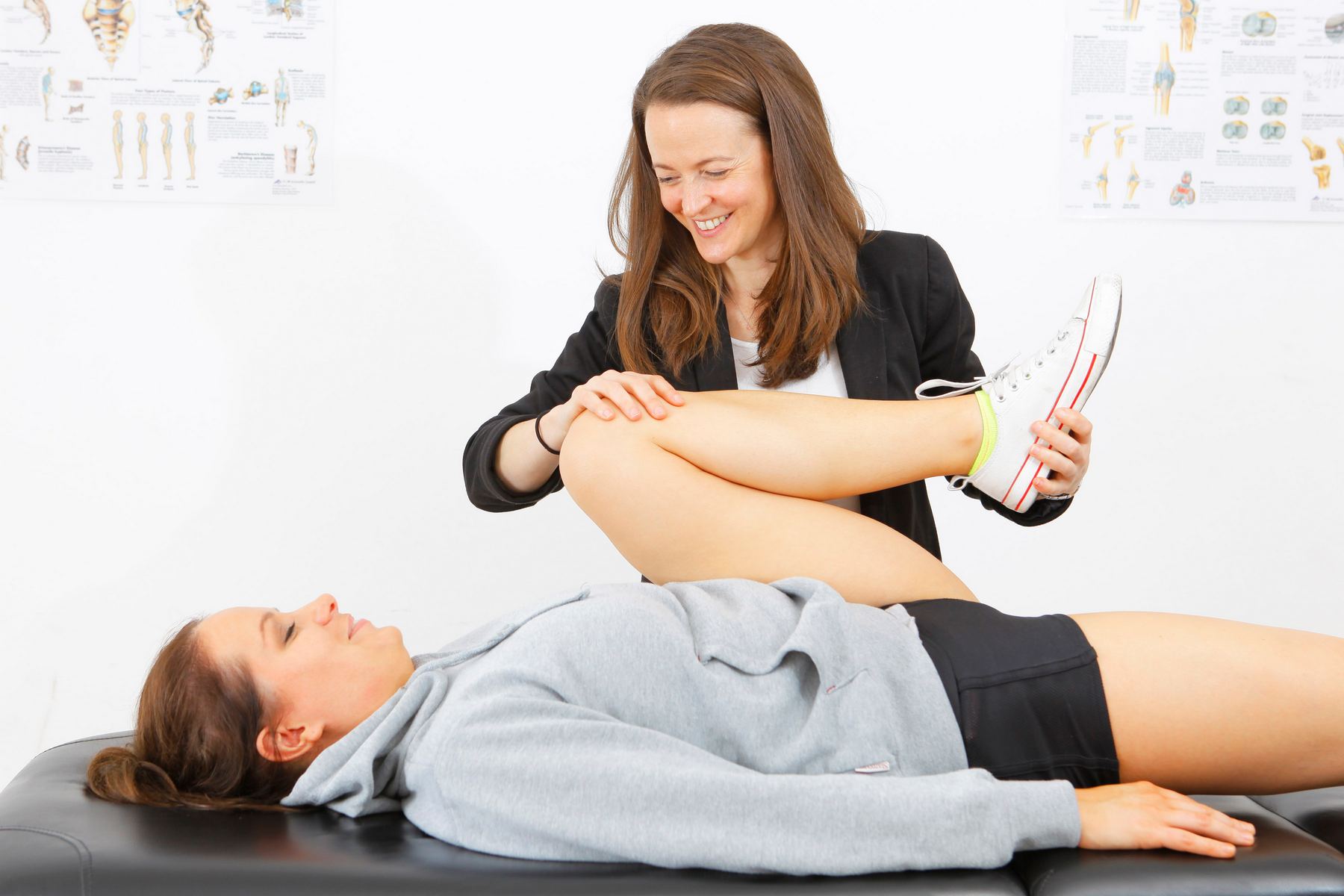
Our Chartered Physiotherapists will provide a clinical assessment to determine the cause of your pain and provide you with an appropriate treatment plan.
The most common treatment for joint pain is exercise therapy to strengthen the muscles surrounding the affected joint, improve flexibility and joint mobility. We will prescribe and teach you specific exercises to increase your range of motion, reduce stiffness and decrease the pain in your joint. Other treatment options that may be included are joint mobilisations or manipulation, advice, and education about your condition.
Tendon and Muscular Pain
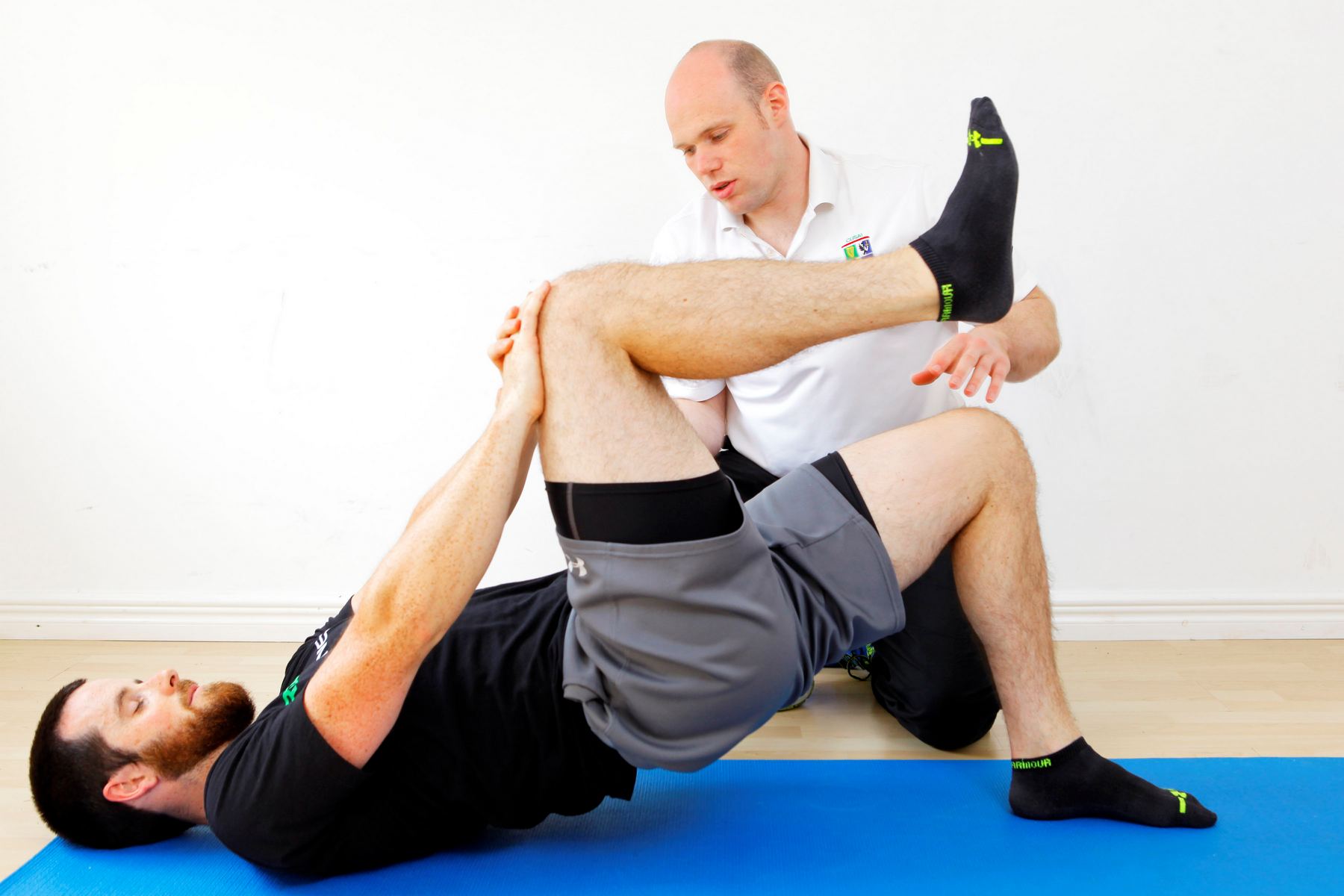
Tendon injuries are common and often caused by overloading the tendon. For example, using it in a way that it is not strong enough to cope with or not giving it enough rest after a strong bout of activity. Tendon pain will often occur after the activity, either later the same day or night or the morning after. Rest typically does not usually help as the pain usually comes back once the aggravating activity is started again.
Common tendon issues include:
- Gluteal hip tendinitis/tendinopathy
- Rotator cuff tendinitis
- Tennis elbow
- Golfers’ elbow
- Achilles tendon pain
- Patellar tendon pain
- Osgood Schlatter’s Disease
- Plantar Fasciitis
Both pre- and post-surgical rehabilitation are essential elements for a successful surgical outcome. All surgeries can be considered a form of trauma and can affect the body differently. Even minor and uncomplicated surgical procedures can have a major impact on your function and health. Because of this, post-surgical rehab with a Chartered Physiotherapist is especially important, to make sure you have the best post-surgical outcome possible.
Our Chartered Physio’s will provide you with an individualized post-surgical rehabilitation program to help minimize your pain, accelerate your rate of healing, and increase your function and strength. Post-surgical rehabilitation can also reduce the chances of postoperative complications, including bleeding, blood clots, muscle weakness, scar tissue, decreased function, and other factors that can negatively impact your long-term health.
Medical Acupuncture
Medical Acupuncture is the biomedical adaptation of Chinese acupuncture methods and is an effective and simple treatment approach based on current concepts of neurophysiology, neuroanatomy, and pathophysiology.
It involves insertion of fine solid needles at relevant points on the body in combination with manual needle stimulation or electrical stimulation. Diagnosis is based on a thorough history taking and physical examination. Based on this process, anatomical points that are relevant to the condition are selected for needling.
Medical Acupuncture is generally considered to have non-specific effects. This means that in addition to addressing acute injuries and symptoms, it can have generalized benefits for the body as a whole.
The benefits of acupuncture can include, but are not limited to: Pain relief, decreased swelling, muscle relaxation, breaking down of scar tissue, pain modulation and endorphin release.
For more information on Medical Acupuncture, please visit the official website by clicking the link:
http://mcmasteracupuncture.com/
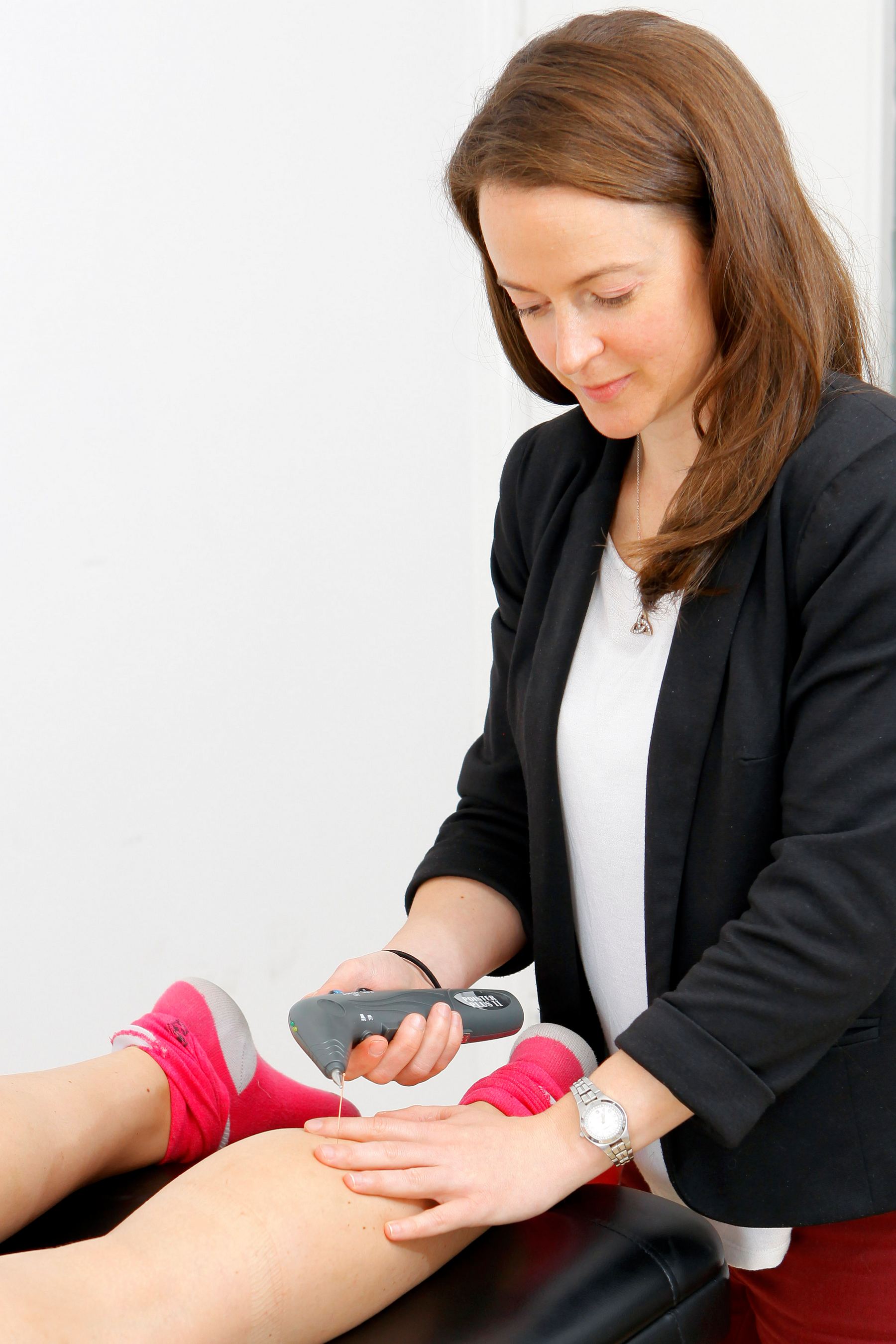
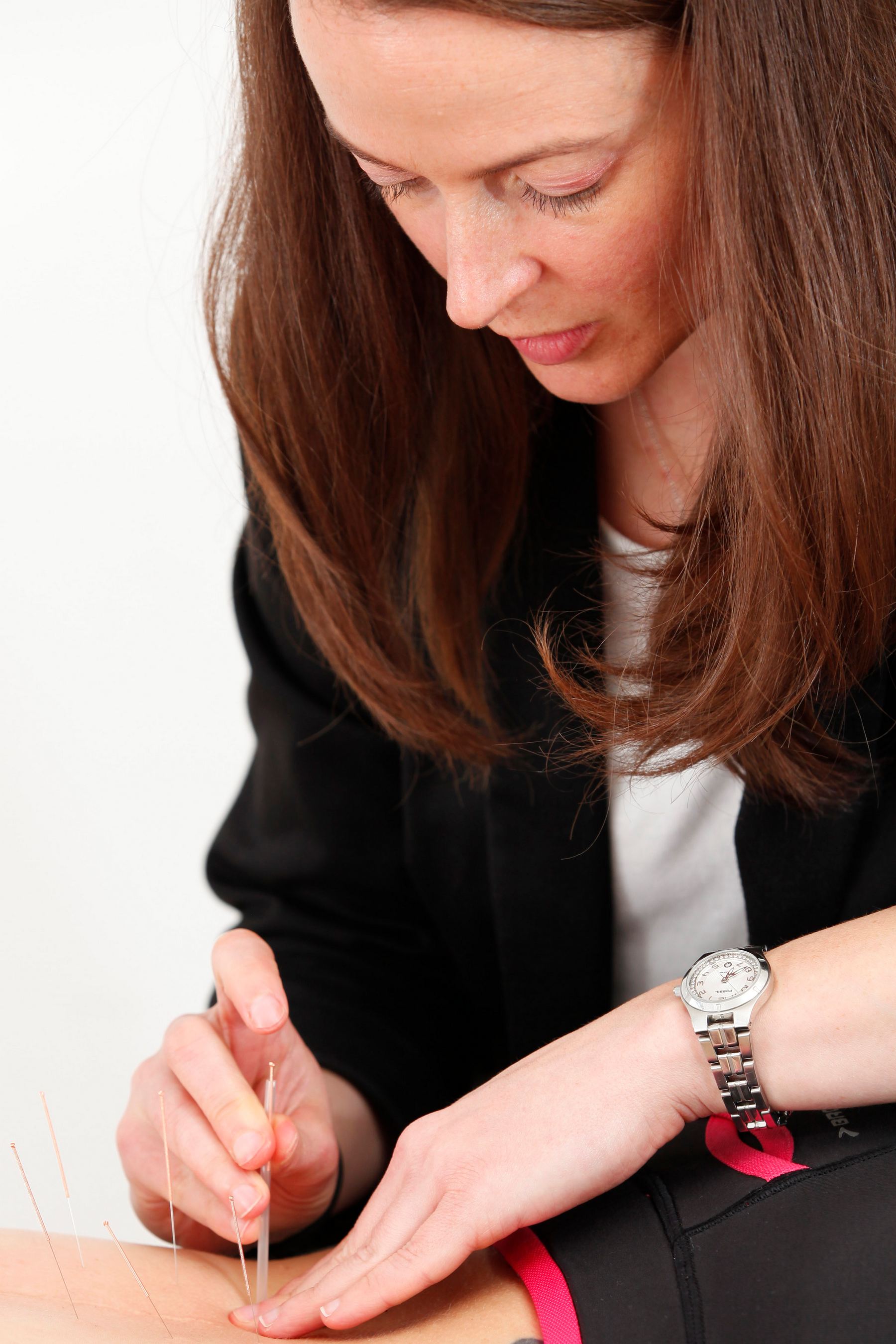
Dry Needling
Dry needling is also known as Intramuscular stimulation (IMS) or Trigger point dry needling (TDN). During treatment your physiotherapist will insert a fine acupuncture needle either directly into a trigger point or into muscular bands surrounding the area of pain. There may be a momentary muscle twitch or mild sensation when the needle is inserted.
Dry needling works by prompting various processes in or around myofascial trigger points, which leads to the relaxation of tightened bands of muscles and gradual healing of any damaged muscle tissues.
Dry needling is a safe, effective, and efficient treatment used to relax myofascial trigger points, restore normal muscle tone, muscle length, coordination, function, and strength.


